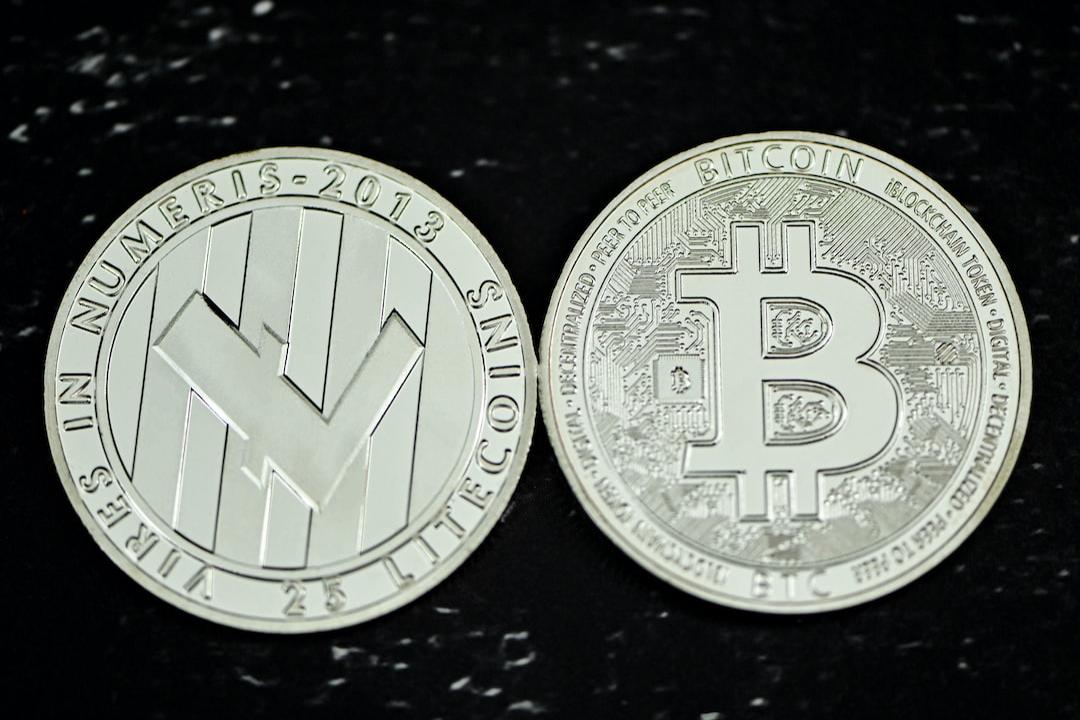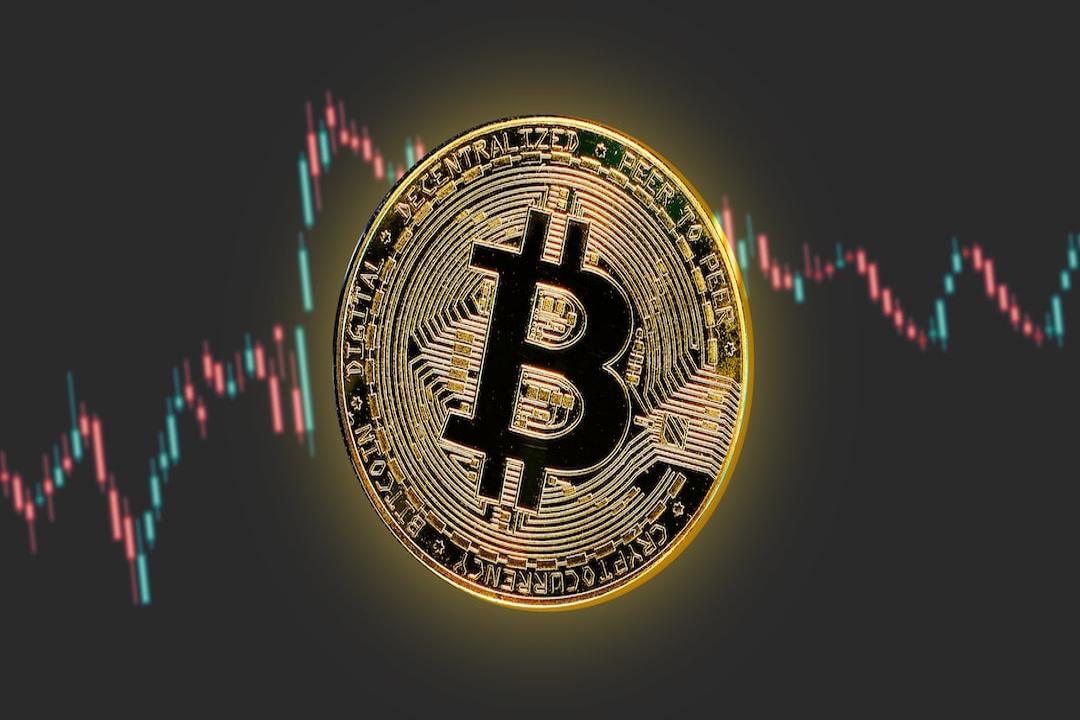Binance Alpha’s Points Game Drives “Involution” to Extremes
Binance Alpha’s points game is pushing “involution” to unprecedented levels. When the threshold for points broke the 200 mark and airdrop returns plummeted to around $25, the declining input-output ratio triggered widespread community discussions.
(Background: Binance’s four major profit mechanisms: TGE, Launchpool, HODLer, and Megadrop revenue analysis, should one hold BNB or pursue Alpha points?)
(Context: Binance Alpha gains fame! Daily trading volume exceeds $900 million, setting a new high; airdrop single number reaches a maximum of $700)
The Illusion and Reality of “Flow Overflow”: Observations on Sui’s Alpha Effect
The mechanism of Binance Alpha’s points game has been detailed in previous discussions, so it will not be repeated here. However, generally speaking, as more users participate, the end result is that each airdrop’s returns have a clear upper limit while the points threshold continues to rise. In this situation, users must further cut costs to retain profit margins.
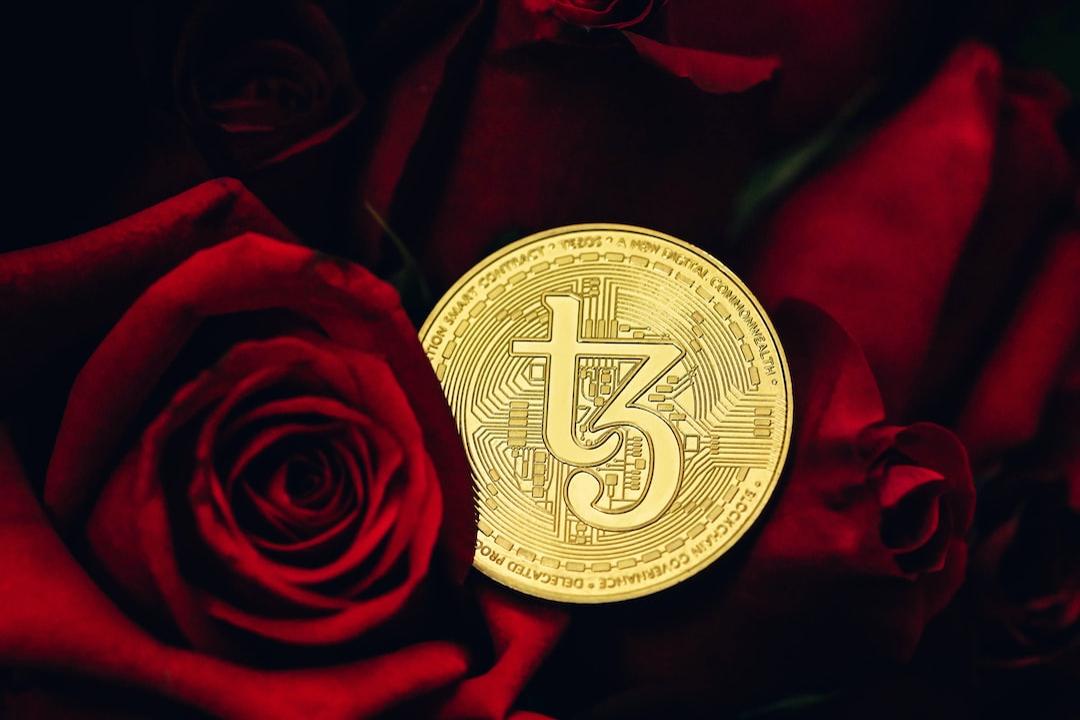
Recently, Binance Alpha began to integrate Sui ecosystem tokens and subsequently announced several Alpha projects within the Sui ecosystem. The addition of the Sui ecosystem provides a new cost advantage for users focused on trading volume. On May 14, various KOLs, including @lianyanshe, pointed out that projects like NAVX in the Sui ecosystem incur lower gas fees when boosting trading volume and are not susceptible to sandwich bot attacks, resulting in overall lower wear and tear. Therefore, several projects in the Sui ecosystem are set to become the “new volume kings” for Binance Alpha.
If most users choose this route, it could indeed bring considerable trading volume and token enthusiasm to the Sui ecosystem. However, in reality, a similar effect does not seem to be manifesting. According to PANews, the trading volume of Sui ecosystem tokens on Alpha is not particularly high, with NAVX’s highest trading volume in 24 hours being only $3.34 million, while others like HIPPO, BLUE, and SCA registered volumes in the hundreds of thousands to tens of thousands of dollars. In contrast, several projects on the Solana chain have trading volumes consistently above $10 million, with some top projects on BSC exceeding $200 million in trading volume. However, for NAVX, being listed on Binance Alpha has indeed boosted its trading volume, reaching $1.6 million on May 13, while the previous day’s volume was only in the thousands.
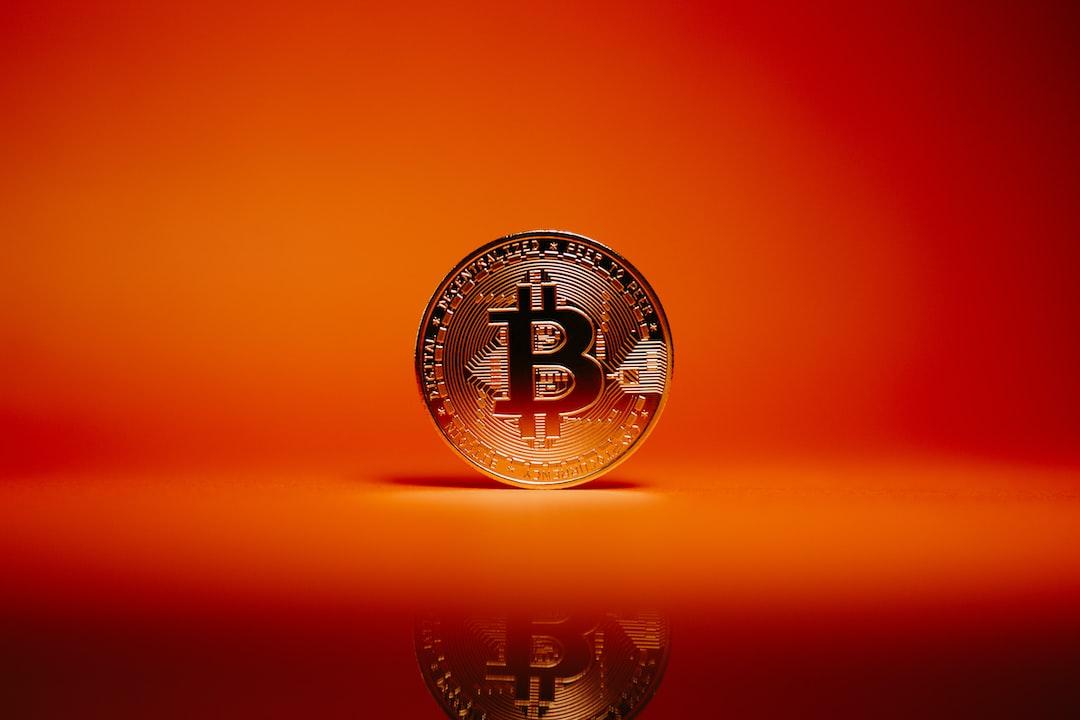
In the actual trading process, it is evident that the official cross-chain bridge of the Binance wallet currently does not facilitate the exchange of assets between the Sui ecosystem and BSC chain. Users cannot directly exchange assets like BNB for USDC on Sui; to save on transaction wear, they must endure the friction of using alternative cross-chain bridges.
Solana’s Top MEME Unexpectedly Gains Capital Inflow
Solana is one of the ecosystems with the most projects launched on Binance Alpha besides BSC. Starting in May, the overall DEX trading volume on Solana has indeed shown a significant increase. On May 4, Solana’s DEX trading volume was $2.2 billion, and by May 15, this figure had risen to $4.59 billion, more than doubling. Several top tokens launched on Binance Alpha, such as MOODENG and jellyjelly, have indeed seen a massive increase in recent trading volumes, with notable price surges. For instance, MOODENG’s price increased by 140% from its launch until May 14, while the average price increase for the six tokens launched on Binance Alpha in May reached 12.32%, making it one of the few ecosystems among public chains to demonstrate positive performance.
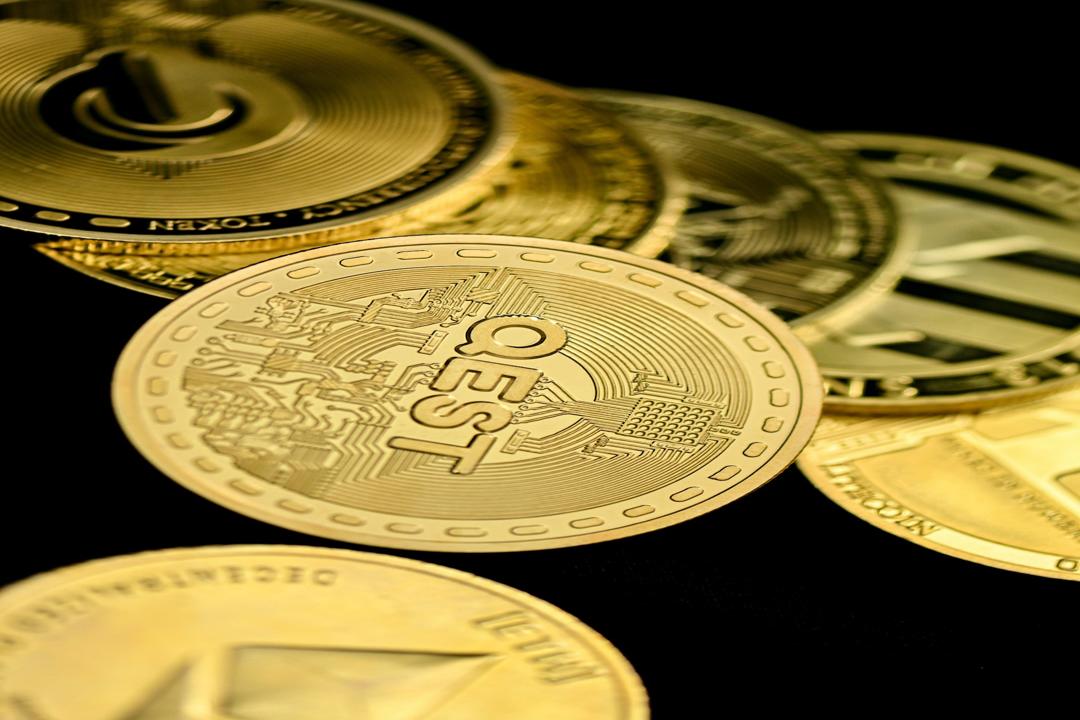
Aside from the Sui and Solana ecosystems, the Sonic ecosystem has recently benefited the most from this overflow effect. As the new brand of Fantom, Sonic currently needs exposure and capital inflow to break through. Although only three Sonic ecosystem projects have launched on Binance Alpha so far, the average price increase for the two tokens launched in May reached 65.93% (data as of May 14), ranking the highest among all ecosystems. However, due to the limited number of tokens launched, this does not necessarily indicate that Sonic ecosystem tokens possess higher potential.

Nevertheless, on May 1, when Binance Alpha announced the launch of two Sonic ecosystem projects, the DEX trading volume for the Sonic ecosystem indeed saw a noticeable increase, skyrocketing from over $73.4 million the previous day to $194 million.
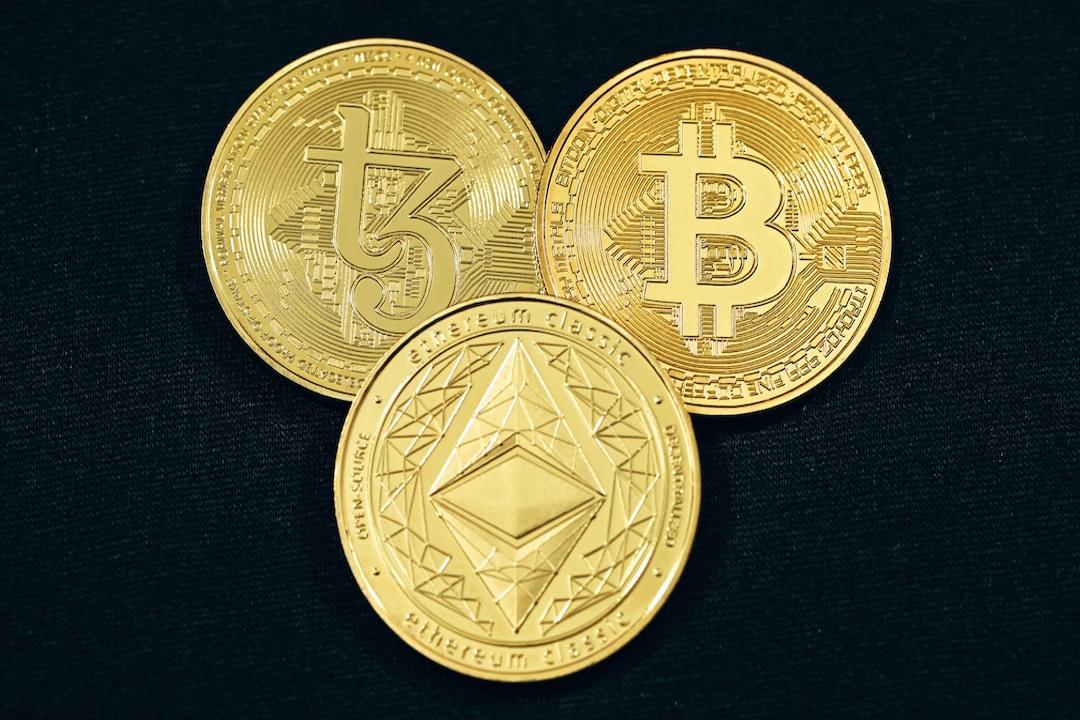
Project Dilemma: Peak at Launch or Value Discovery?
From the perspective of projects, does launching on Binance Alpha present an opportunity for prices to soar? From the data, the average price change for the 23 tokens launched in May was -5.04%. The largest decline reached 75%. Although these projects experienced price surges shortly after launching on Binance Alpha, there is usually a significant pullback and decline following the initial excitement. Thus, launching on Binance Alpha does not guarantee a golden opportunity; it merely adds another trading venue.
Additionally, for projects that launched with airdrop activities, it seems they have not garnered market favor as a result. The seven tokens with airdrop events launched in May experienced an average decline of 31.5%, with all in a downward trend as of May 14. This suggests that airdrop and volume-boosting activities do not necessarily drive upward price trends for projects.

On the whole, the projects launched on Binance Alpha have an average market capitalization of $70 million, with the lowest valued token around $1.6 million and the highest, MOODENG, reaching a market cap of $271 million. Among them, several newly launched tokens in the Solana ecosystem have an average market cap exceeding $100 million, indicating a higher requirement for the Solana ecosystem.
The Endgame of Involution: Arena for Professional Players and Exit of Ordinary Users
For ecosystems and projects, Binance Alpha signifies exposure and a hub for traffic. However, for users, the current involution is eliminating ordinary users, transforming it into an arena for professional studios and major players. As the points threshold reaches 205, users must complete at least 15 points daily to keep up. With a principal of $1,000 (earning 2 points), they still need to generate $8,000 in daily trading volume to accumulate points. The daily slippage + gas fees for this trading volume could exceed $10. If they fail to meet the next threshold or receive fewer airdrops, they face a double loss of wasting effort and money. The latest RDAC token airdrop results show that the sale amount was only $25, which is hard to cover the cost of 205 points.
It is foreseeable that the upcoming points threshold will continue to rise. According to current rules, the required daily points and trading volume are increasing exponentially. Either Binance Alpha will increase the airdrop amount for single addresses, or a large number of users will exit the involution, allowing the points threshold to return to a reasonable range. Regardless, this involution game seems to be approaching its end. The DEX trading volume on the BSC chain has also begun to decline in recent days, with May 15 seeing $2.64 billion, a 16.4% drop from $3.16 billion on May 12.
In summary, the “flow overflow” effect of Binance Alpha manifests significantly differently across ecosystems. The Sui ecosystem has not absorbed the expected volume-boosting activities; instead, the Solana ecosystem has demonstrated stronger positive interactions and growth. For project teams, the short-term highlights brought by Alpha are often difficult to convert into sustained value support, with price retracement post-launch becoming the norm, and airdrop activities failing to become price saviors. Each project offering airdrops has become a “buyer” for Binance’s promotional wallet products.
The core issue is that this points-driven frenzy is ruthlessly pushing ordinary users out of the table. The continuously rising points threshold and exponentially increasing trading volume requirements, coupled with shrinking airdrop returns, are causing Binance Alpha to gradually evolve into a “zero-sum game” for professional studios and major players. The recent decline in DEX trading volume on the BSC chain also seems to indicate that this model, reliant on high-intensity “involution,” is approaching its sustainability threshold.
